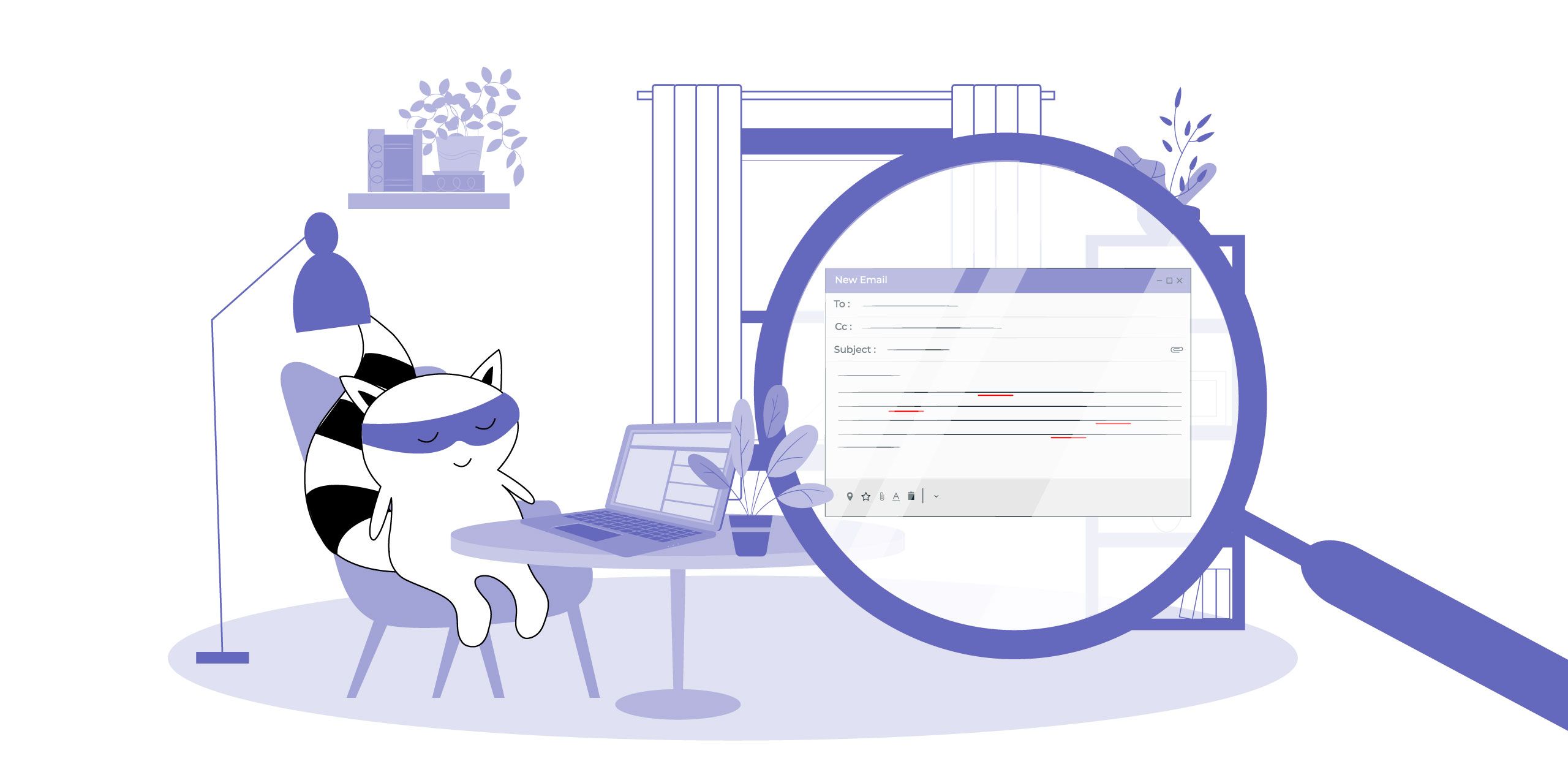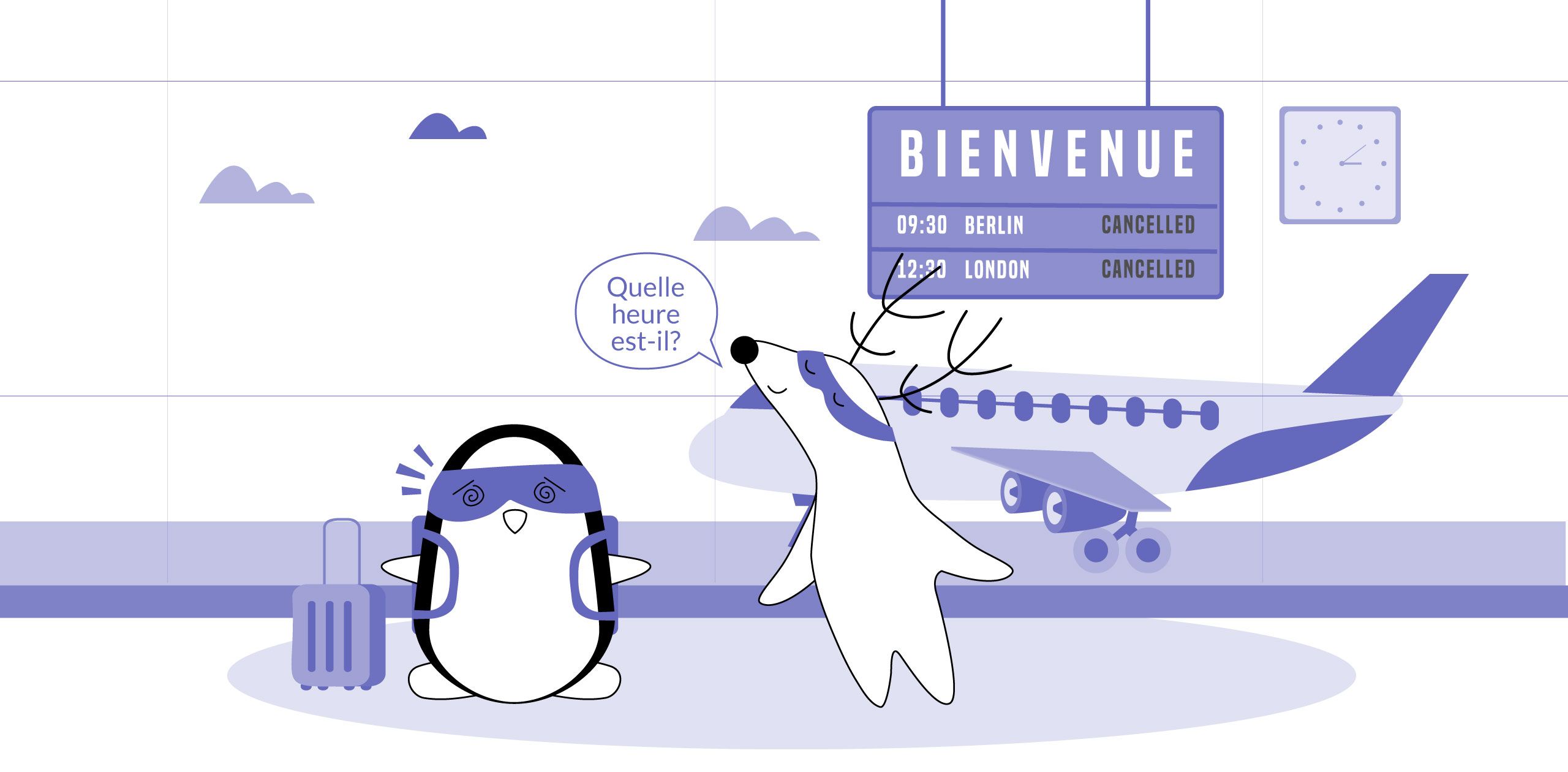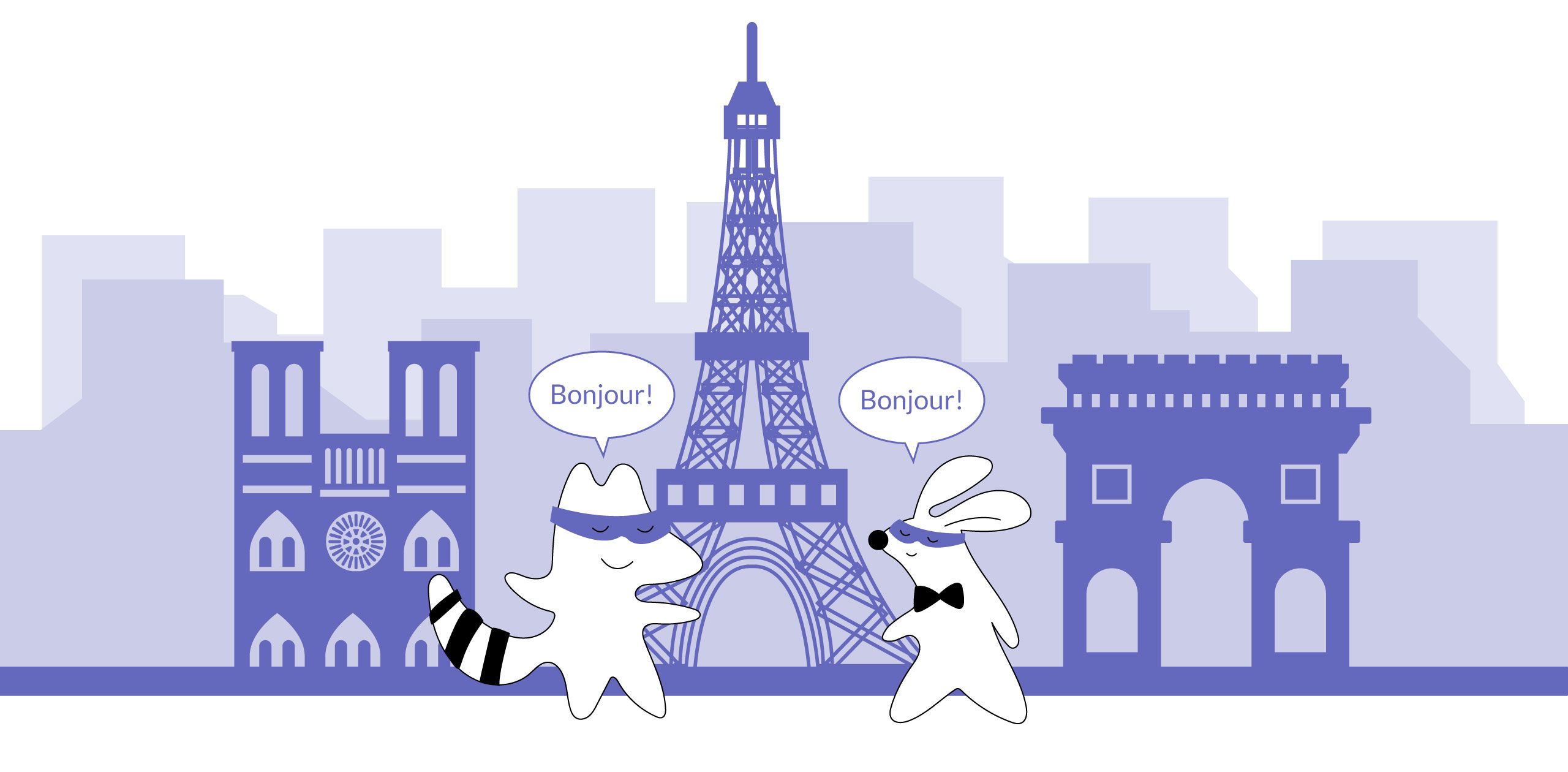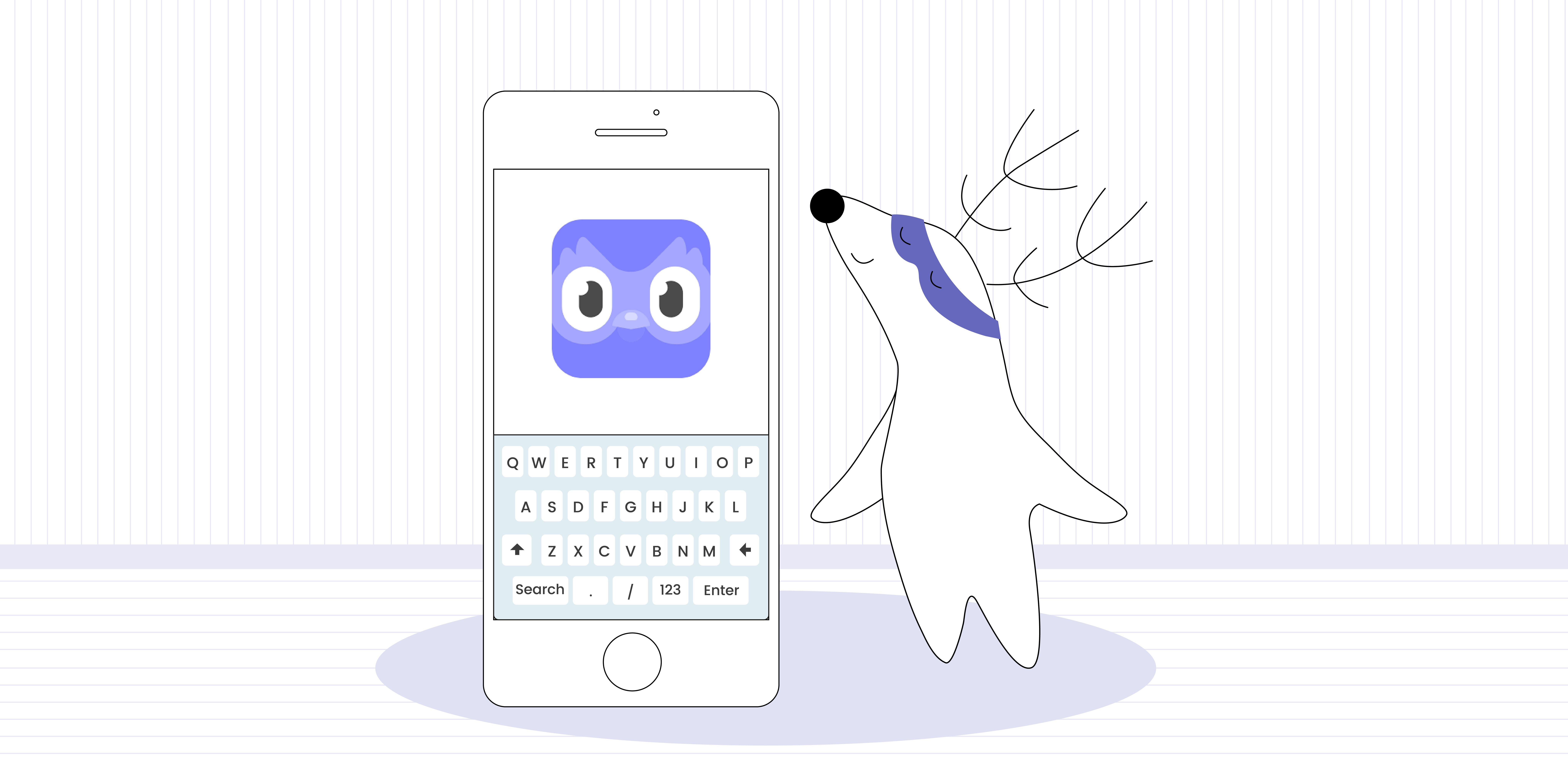
Ah, the sweet sound of Bonjour! The romantic allure of the French language has captured the hearts of millions for centuries. It's no wonder that so many are eager to perfect their Oui’s and Non’s, hoping to one day converse as effortlessly as a true Parisian.
For many French learners out there, Duolingo, the popular language-learning app that promises to transform you into a francophone in no time, seems like an obvious, top-shelf choice.
But, does it deliver?
In this review, we'll explore the pros, cons, and overall effectiveness of Duolingo's French course.
Learn French with Langster
Duolingo Overview: What Is It & What to Expect?
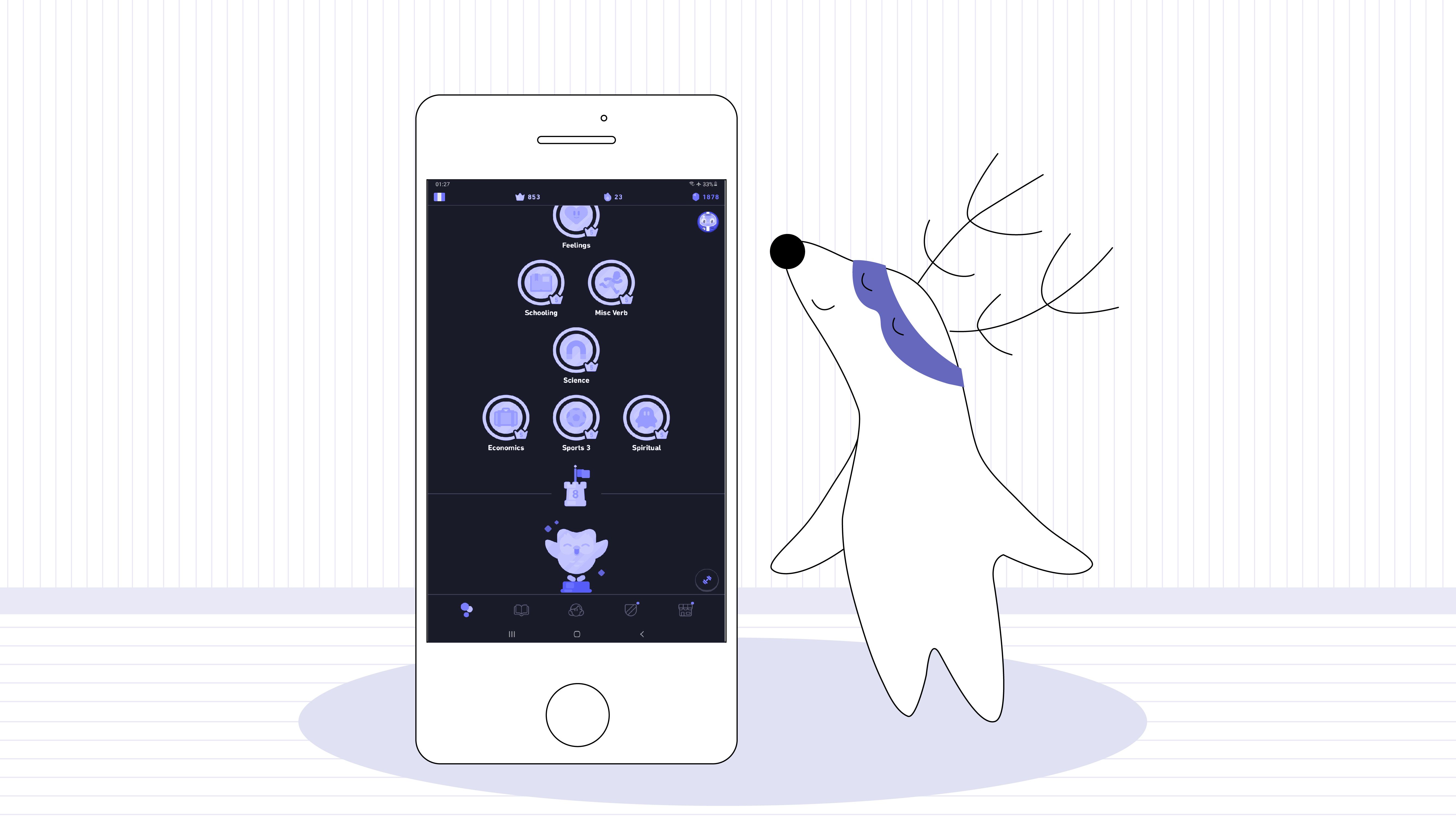
Designed as a game-like experience, Duolingo appeals to both beginners and other language learners with some prior knowledge of French.
The app tailors its approach based on your existing skills, offering an engaging and addictive learning environment. As you progress, more challenging levels await, encouraging repeated practice and mastery of words and phrases.
Still, if you're considering embarking on a linguistic adventure with Duolingo as your French teacher, it's essential to set realistic expectations. So, what can you look forward to when using this popular language-learning app?
For starters, you'll learn plenty of French vocabulary, practice constructing simple sentences, and familiarize yourself with basic textbook French.
However, it's important to note that Duolingo is not a magic ticket to fluency. You likely won't be able to speak fluently with native speakers or use everyday French expressions by solely relying on the app.
Fear not, however: Duolingo’s French course is still a valuable tool in your language-learning arsenal.
A typical Duolingo French lesson follows a structured format designed to help you expand your vocabulary and complete over 200 lessons on your "tree." Each lesson comprises 2 to 10 parts and takes roughly 15 minutes to complete.
With most exercises focused on English-French translation (and vice versa), users start with simple words before gradually moving on to full sentences.
The app covers a very extensive range of topics that include basic phrases, verb tenses, the passive voice, and vocabulary like numbers, directions, prepositions, and much more.
There are five key types of exercises in each Duolingo French lesson:
- Matching pictures with words while listening to French audio.
- Translating words or sentences between English and French.
- Rearranging French words to form proper sentences.
- Writing or selecting what you hear.
- Reading words or sentences out loud.
Additionally, you can learn the language with Duolingo French stories for a more immersive experience. Accessible after reaching checkpoint 1, these stories allow users to listen, read, and answer quizzes, providing a broader context for language comprehension.
How Does Duolingo Teach You French?
As a native English speaker venturing into the world of French, you'll encounter some challenges unique to this Romance language. Unlike English's Germanic roots, French has distinct pronunciation, spelling, gendered nouns, conjugation, and grammar rules that may seem complex and tricky to learners.
French pronunciation, for one, can be particularly tricky for beginners due to some distinct features such as:
| R | The French R | It’s produced with the back of the tongue pressing against the soft palate — a sound not present in many languages. |
| Un | Nasal vowels | These include "in," "on," "an," "en," and "un" are also challenging because they don't exist in English. |
| Vous avez | Liaisons | These involve pronouncing a typically silent consonant at the end of a word and linking it to the following word starting with a vowel, add another layer of complexity. |
| R | The French R | It’s produced with the back of the tongue pressing against the soft palate — a sound not present in many languages. |
| Un | Nasal vowels | These include "in," "on," "an," "en," and "un" are also challenging because they don't exist in English. |
| Vous avez | Liaisons | These involve pronouncing a typically silent consonant at the end of a word and linking it to the following word starting with a vowel, add another layer of complexity. |
When it comes to teaching French pronunciation, Duolingo employs repetitive exercises featuring audio clips of words and phrases read by both male and female speakers. Listening to these sounds repeatedly helps users mimic correct pronunciation.
However, it's worth noting that Duolingo's audio system can sometimes sound robotic or too fast, making it challenging for beginners to grasp nuances like syllable timing and stresses.
Duolingo French podcasts serve as an excellent complement to its standard French course, helping improve your listening comprehension and overall language proficiency. By incorporating engaging stories and real-life situations, these podcasts offer a fresh approach to language learning that goes beyond traditional lessons.
While no longer accessible directly through the Duolingo app, you can find them on various platforms such as Spotify, Apple Podcasts, Google Podcasts, etc.
Regarding French grammar, Duolingo provides tips and explanations before each lesson when you tap on “Tips." And during exercises, you can tap on a French word to see its exact English translation — an excellent way to identify prepositions and adverbs.
However, the app’s grammar explanations are minimal and might not offer enough depth for Duolingo learners seeking comprehensive instruction.
While Duolingo does provide forums where learners can discuss specific grammar points or sentences with others, it's essential to remember that this free app isn't designed to cover every aspect of the language thoroughly.
To truly master French grammar and pronunciation, consider supplementing your Duolingo lessons with additional resources, practice, speaking exercises, and more exposure to native speakers in general.

Advantages of Learning French with Duolingo
Embarking on a language-learning journey with Duolingo French can be an exciting and rewarding experience. However, like any educational tool, it has its strengths and weaknesses.
In this section, we’ll delve into the benefits and drawbacks of using Duolingo to learn French, providing you with valuable insights to determine whether this popular app is the right fit for your linguistic goals. Let's dive in!
Gamification for Motivation
Learning a new language can be daunting, and maintaining motivation is crucial to success, which is where Duolingo excels. By gamifying the learning experience through points, levels, and rewards, Duolingo keeps users engaged and coming back for more. Each lesson feels like a fun challenge rather than a chore.
Plus, the daily streak feature encourages consistency — an essential ingredient for mastering any skill.
The downside? Some may argue that the gaming aspect could cause users to focus more on earning experience points than actually absorbing the material. However, this concern is subjective and ultimately depends on how each individual approaches their learning journey.
Bite-Sized Lessons
Duolingo's French course breaks down complex concepts into easily digestible lessons. This short-and-sweet format allows learners to tackle small goals in quick sessions. As a result, busy individuals can squeeze in a lesson during a lunch break or while commuting without feeling overwhelmed.
On the flip side, these bite-sized lessons might not provide enough depth for advanced learners craving more comprehensive instruction. Nevertheless, Duolingo remains an excellent starting point or supplementary tool for those aiming to build a solid foundation.
Audio and Visual Stimulation
One of Duolingo's strengths is its combination of audio and visual components. This multi-sensory approach caters to various learning styles while also reinforcing pronunciation and listening skills. Users can hear native speakers, practice speaking, and match phrases with images to enhance retention.
However, some argue that the robotic voices used in some exercises can hinder learners from developing a natural accent. While this may hold some truth, it's worth noting that no single resource can replace real-life conversation practice with native speakers.
Community Support
Duolingo boasts a vibrant community of users who support one another on their language-learning journeys. The app offers forums where learners can ask questions, share tips, and discuss cultural nuances. This sense of camaraderie fosters accountability and motivation.
The downside? As with any open forum, there's always the potential for misinformation or unhelpful feedback. Learners should approach these discussions with a discerning eye and consult additional resources when necessary.
Cost-Effectiveness
Perhaps the most significant selling point of Duolingo French is its price tag (or lack thereof). The app offers an extensive amount of content while remaining completely free, making it accessible to virtually anyone with a smartphone or computer.
For those seeking an ad-free experience and additional features, Duolingo Plus is available at a reasonable monthly fee.
Of course, it's essential to remember that you get what you pay for. Duolingo may not provide the same depth as more expensive language courses, but it serves as an excellent starting point or supplemental resource for learners on a budget.
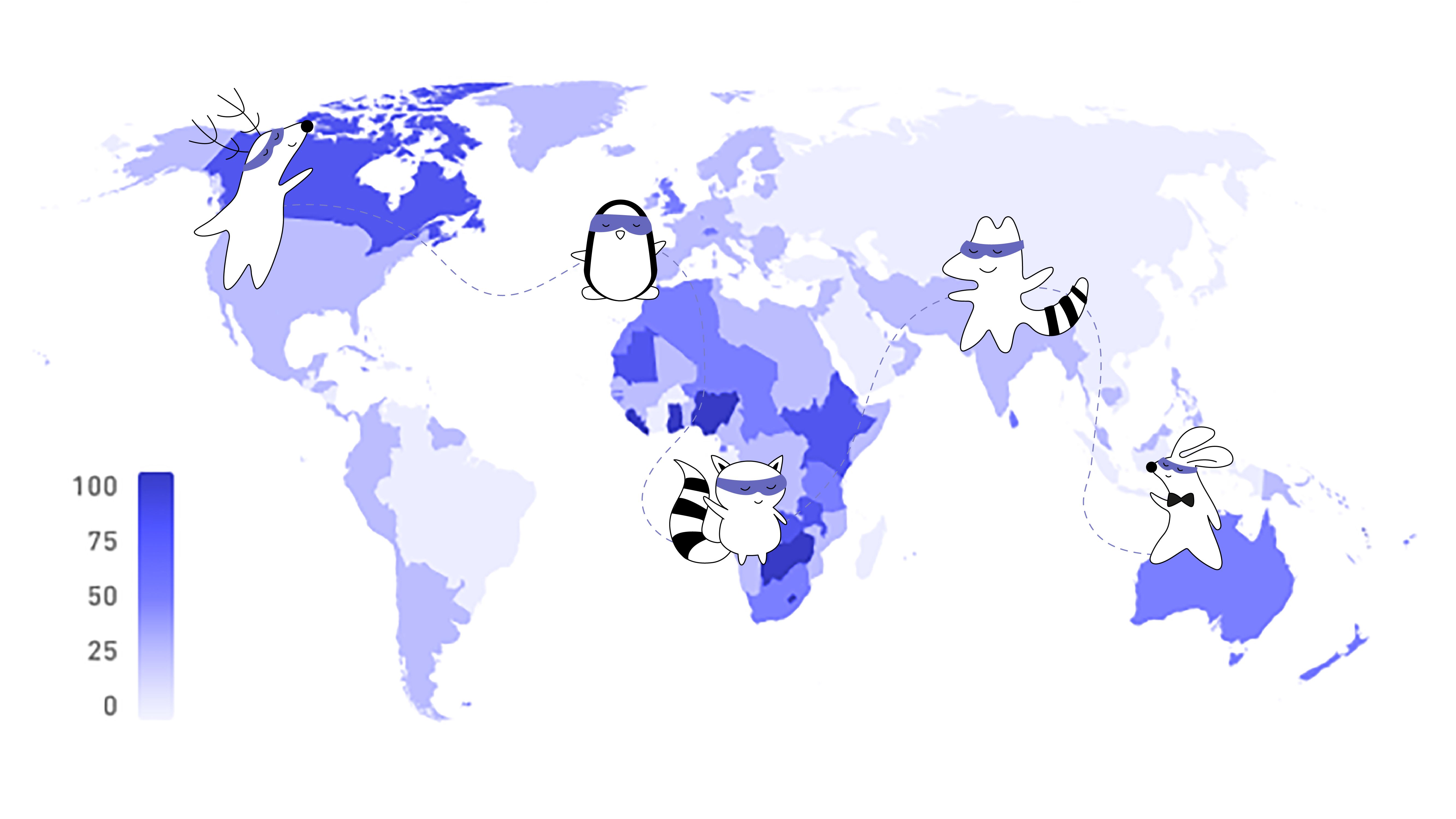
So, Is Duolingo Good for Learning French?
Before committing to Duolingo as your go-to French learning app, it's essential to understand its usefulness and limitations.
You can expect to reach an A1 or A2 CEFR level by using Duolingo, which corresponds to a beginner or elementary level. However, this depends on how seriously you approach your lessons and the effort you put in.
It's important to note that finishing Duolingo’s French course won’t allow you to start speaking French fluently, as it doesn't focus heavily on conversation or daily life situations. Nonetheless, you will learn a significant amount of vocabulary through the app.
Now, here’s a quick summary of the pros and cons of using Duolingo to learn French to help you make an informed decision.
Pros:
- Extensive vocabulary. The app provides a wealth of vocabulary exercises to expand your lexicon and boost your language skills.
- Frequent updates. The French tree undergoes regular updates, ensuring up-to-date content.
- Free to use. Although ad-supported, Duolingo is accessible at no cost.
- Fun and engaging. The gamified interface makes learning enjoyable and addictive.
Cons:
- Robotic audio. The unnatural sentence audio can hinder pronunciation improvement.
- Limited grammar explanations. In-depth grammar instruction is scarce within the app.
- Overreliance on English. The app focuses heavily on translation exercises, which may not be ideal for long-term language acquisition.
- Too many ads. The free version of the app presents users with frequent advertisements, which can be intrusive.
As you can see, Duolingo offers a fun and engaging way to learn French vocabulary and basic concepts. However, it has its limitations, including a lack of in-depth grammar explanations and an overemphasis on translation exercises.
To truly excel in French, consider combining Duolingo with other resources and practice methods for a well-rounded learning experience.
The Bottom Line
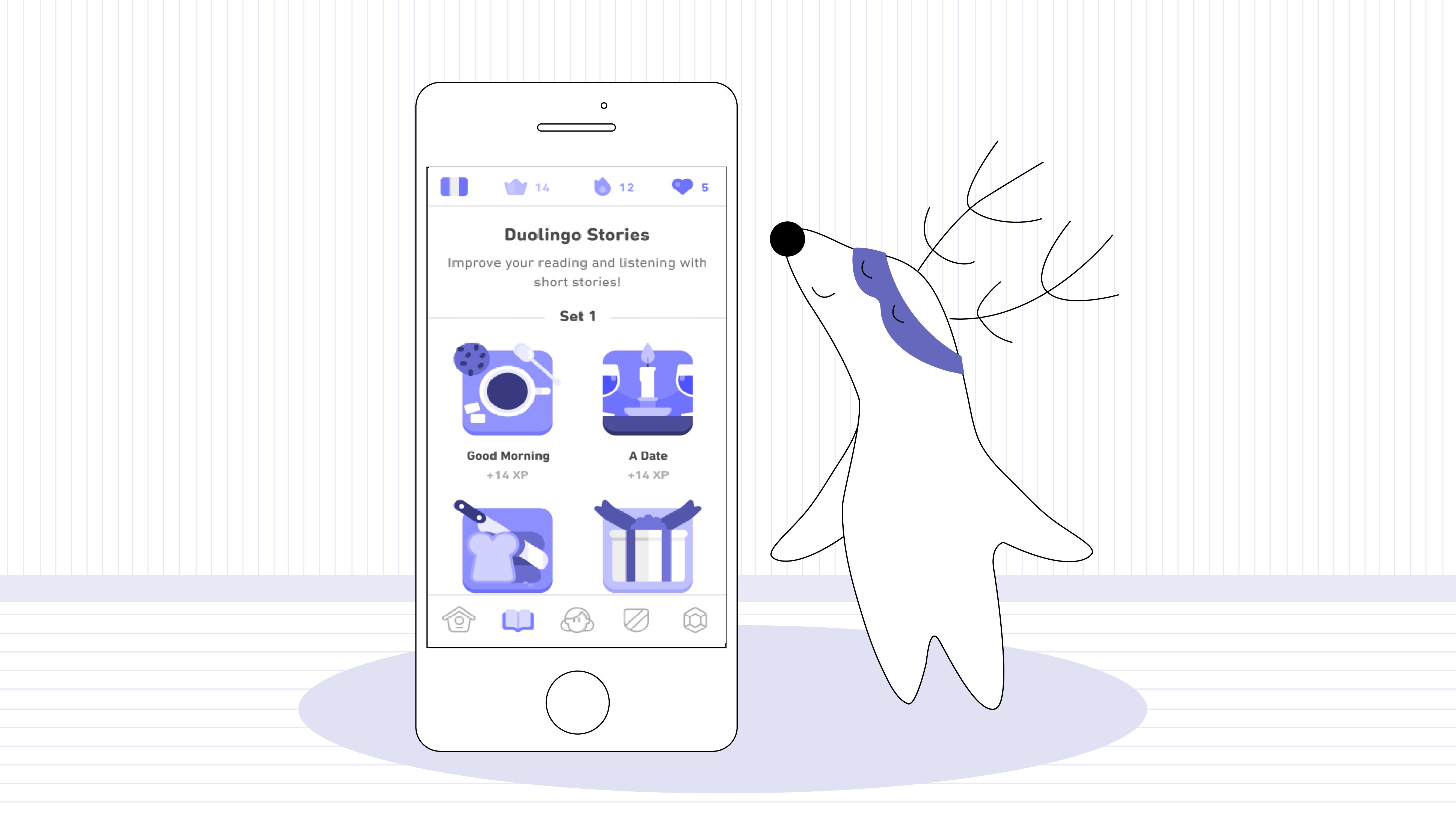
So, is Duolingo French worth your time? Ultimately, it depends on your goals and learning style.
As a free app, Duolingo offers an engaging and user-friendly introduction to the French language. Its gamification elements, bite-sized lessons (similar to the ones you can find at Langster), audio-visual components, and community support make it an attractive option for beginners.
However, more advanced learners may find it lacking in depth and should consider supplementing their studies with other resources.
In the end, the key to language mastery lies in dedication, consistency, and practice. If Duolingo French can help you maintain that commitment, then Oui, it's worth a try!
Learn French with Langster







